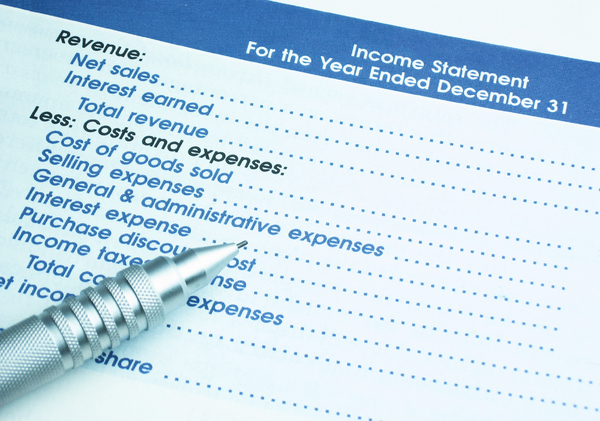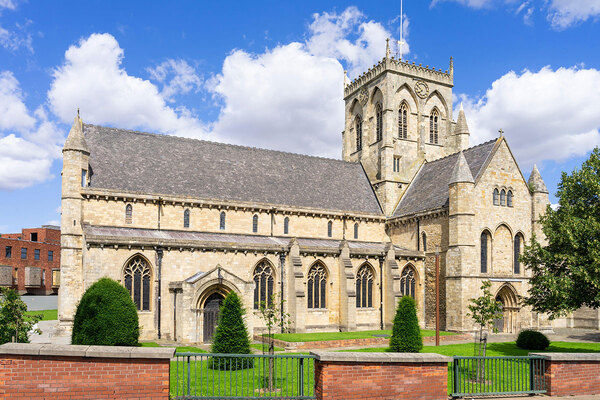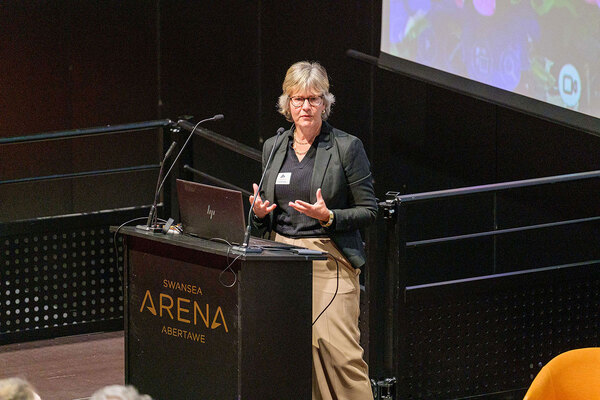You are viewing 1 of your 1 free articles
Sanctuary’s pension deficit doubles in warning sign to sector
A year and a half after leaving the Social Housing Pension Scheme (SHPS), Sanctuary’s pension scheme deficit has more than doubled, in news experts say could be significant for the rest of the sector.
In the association’s annual financial statement, it declared its deficit to be £128m for 2016/17, up from £61.6m in the previous financial year, a figure which had remained relatively steady from 2014/15’s £63.7m deficit.
Sanctuary left SHPS, the sector’s multi-employer pension scheme, in June last year in order to have more control over pension deficits.
SHPS is due to be revalued at the end of this month and would be subject to many of the same pressures as Sanctuary’s scheme.
The revaluation of the 90,000-home housing association’s pension scheme took £72.7m out of the association’s reserves after the latest revaluation. This was based on various changes to accounting assumptions.
In particular, salaries are expected to increase much faster over the next two years, which would increase the amount that Sanctuary would have to pay out in pensions.
Sanctuary has a ‘defined benefit’ pension scheme, meaning it pays its employees an agreed salary when they retire. This is at the more generous end of the spectrum and increases in line with an employee’s increasing salary.
Steve Danby, audit manager at accountancy firm Mazars, told Inside Housing: “If we look at the wider implications for the sector, SHPS is currently accounted for differently to the defined benefit schemes comprising Sanctuary’s deficit, but the effect of the discount rate on the triennial valuation at 30 September 2017 will be an important factor in determining the deficit in that scheme also.
“In that context, it seems likely that discount rates will be lower than at the last valuation in 2014 which could cause a further increase in that deficit.”
Sanctuary’s financial statements for 2016/17, published earlier this summer, show revenue growth has been all but halted by the government’s rent cut. The group reported revenue of £670.9m for the last financial year, only a slight increase from £669m in 2015/16.
The association said that the impact of the social rent reduction had been offset by growth in its care operation, meaning revenue did not fall. Nevertheless, it is a significant slowdown from Sanctuary’s growth in recent years, which have seen large increases in revenue – including an increase of more than £100m in one year.
Its surplus also remained roughly the same, increasing from £193m to £195.4m, when in the previous year it had jumped by £45.2m.
David Bennett, chief executive of Sanctuary, said of the results in general: “Sanctuary is developing over 30,000 homes by 2027, which will enable the group to make a marked contribution to improving housing nationwide.
“The programme has been progressing apace and now has 5,000 homes in the pipeline, building up to a sustainable programme of 3,000 new homes each year from 2020.”










